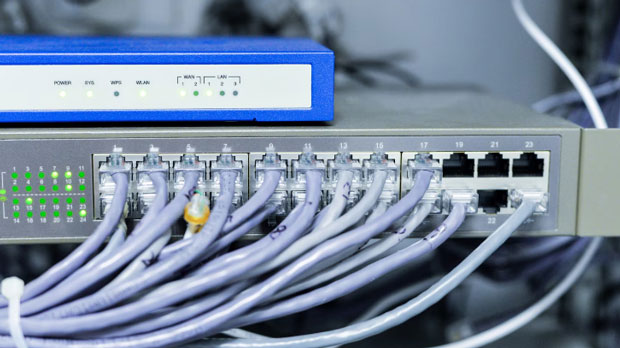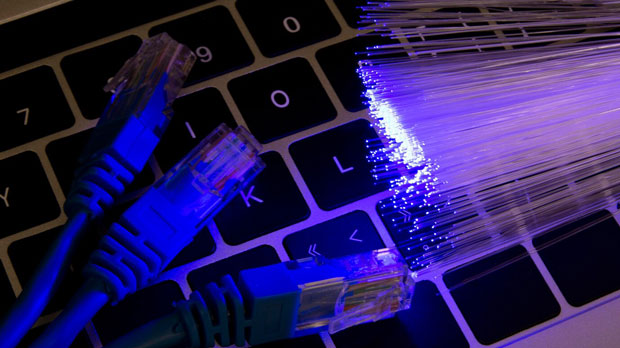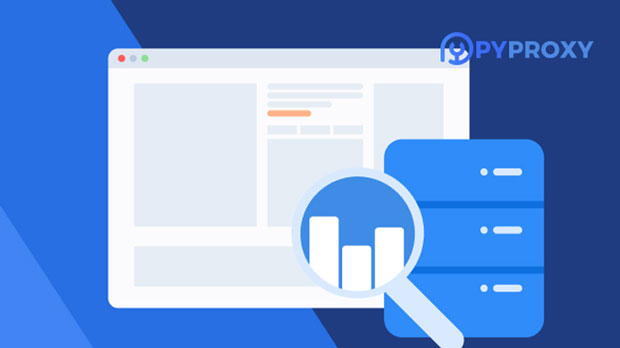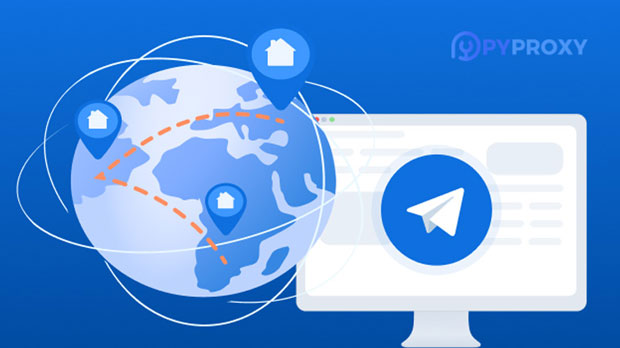In today’s interconnected world, mobile apps have become an integral part of daily life, with millions of Android applications being used globally. As users increasingly look for secure, private, and efficient ways to access the internet, proxies, particularly socks5 proxies, have gained attention for their potential to enhance anonymity and bypass geo-restrictions. However, the question remains: Is socks5 proxy truly suitable for Android app network access? This article will delve into the key aspects of SOCKS5 proxy technology, its compatibility with Android apps, and the potential benefits and limitations of its use in a mobile environment. Understanding SOCKS5 ProxyBefore evaluating its applicability to Android apps, it is crucial to understand what SOCKS5 proxy is and how it works. SOCKS5 is a type of internet protocol that facilitates the routing of internet traffic through a proxy server. Unlike traditional proxies, SOCKS5 operates at a lower level of the network stack, handling a broader range of protocols beyond HTTP, including UDP, TCP, and others. It allows users to mask their IP addresses and potentially access restricted content without revealing their physical location.The most significant advantage of SOCKS5 over other proxies is its support for a variety of traffic types and its ability to handle connections securely and efficiently. It’s commonly used for activities like bypassing regional restrictions, maintaining privacy, and improving security during online transactions. Now, let’s dive into the compatibility and benefits of using SOCKS5 with Android apps.Benefits of Using SOCKS5 Proxy for Android Apps1. Improved Privacy and AnonymitySOCKS5 proxies provide enhanced privacy by masking the user's real IP address. For Android app users, this can be a valuable tool for preventing apps from collecting sensitive location data or identifying personal information based on their IP address. It ensures that user data is transmitted through the proxy server, providing an additional layer of security when interacting with various online services or platforms.2. Bypassing Geo-RestrictionsMany Android apps are restricted based on geographical locations, either by content providers or governments. SOCKS5 proxies can bypass these restrictions by routing traffic through a proxy server located in a different region. This makes it possible for users to access region-specific content, stream services, and apps that would otherwise be unavailable in their country. This is particularly beneficial for users who want to access international content without being subjected to location-based barriers.3. Faster Performance and Low LatencyWhile VPNs are commonly used for secure browsing, they can sometimes introduce significant latency. SOCKS5, on the other hand, often offers faster speeds because it doesn’t encrypt the data, which means less overhead. For Android app users who require faster internet speeds, such as gamers or those who need low-latency connections for video streaming, SOCKS5 is an attractive choice. This speed advantage is especially noticeable when dealing with high-bandwidth apps like streaming platforms or online gaming services.4. Support for Various App Types and ProtocolsSOCKS5 proxies are versatile and can support a wide range of applications beyond web browsing. For Android users, this flexibility is advantageous because many apps use various communication protocols (e.g., HTTP, FTP, and UDP). Whether it's a messaging app, gaming app, or media streaming app, SOCKS5 can handle the diverse protocols involved, making it compatible with most apps on Android.Challenges and Limitations of SOCKS5 for Android App Network Access1. Limited Built-in Support on AndroidOne of the primary drawbacks of using SOCKS5 proxies with Android apps is the lack of native support in the Android operating system. Unlike VPNs, which can be configured easily through the device's settings, SOCKS5 proxies require third-party apps or manual configuration to integrate with Android apps. While there are several third-party apps available for this purpose, this setup process might be cumbersome for users who are not tech-savvy.2. No Built-In EncryptionUnlike VPNs, which encrypt all traffic by default, SOCKS5 proxies do not offer encryption. While this provides faster speeds and lower latency, it also leaves users vulnerable to potential eavesdropping and data interception. For Android apps that handle sensitive data (e.g., banking, personal information, or health apps), the lack of encryption could pose a significant risk. Users who prioritize security may find this a significant downside when considering SOCKS5 for app network access.3. Inconsistent Compatibility Across AppsWhile SOCKS5 works well with many Android apps, there could be inconsistencies in its compatibility. Some apps may not support SOCKS5 proxies natively, leading to problems with connectivity or poor performance. Moreover, certain apps, especially those with strict anti-fraud or anti-abuse mechanisms, may detect the use of proxies and block access. This is a critical consideration for users who wish to maintain uninterrupted access to specific services or apps.4. Security Concerns with Untrusted ProxiesThe security of SOCKS5 connections heavily depends on the reliability of the proxy server being used. While SOCKS5 proxies don’t encrypt traffic, they can still provide some degree of security by obscuring the user’s IP address. However, if users connect to untrusted or unreliable proxy servers, they may risk exposing their traffic to malicious actors. Therefore, it is crucial to ensure that the proxy service is reputable and secure, especially when using it for sensitive activities on Android apps.Conclusion: Is SOCKS5 Proxy Suitable for Android App Network Access?SOCKS5 proxies can indeed be a valuable tool for Android app network access, offering several benefits, such as enhanced privacy, bypassing geo-restrictions, and providing faster speeds with low latency. However, they also come with certain limitations, such as the lack of native support, absence of encryption, and potential compatibility issues with some apps. For Android users who prioritize speed, privacy, and access to geo-restricted content, SOCKS5 can be a suitable choice, especially when using third-party apps for configuration. However, for those who require high levels of security or are dealing with sensitive information, the lack of encryption in SOCKS5 may pose a significant risk. Ultimately, the suitability of SOCKS5 proxy for Android apps depends on the user's needs. For casual browsing, streaming, or accessing content from different regions, SOCKS5 is a solid option. But for users who need a secure connection for handling sensitive data, alternative solutions such as VPNs may offer a better balance of security and functionality.
Dec 25, 2024
![arrow]()


















































